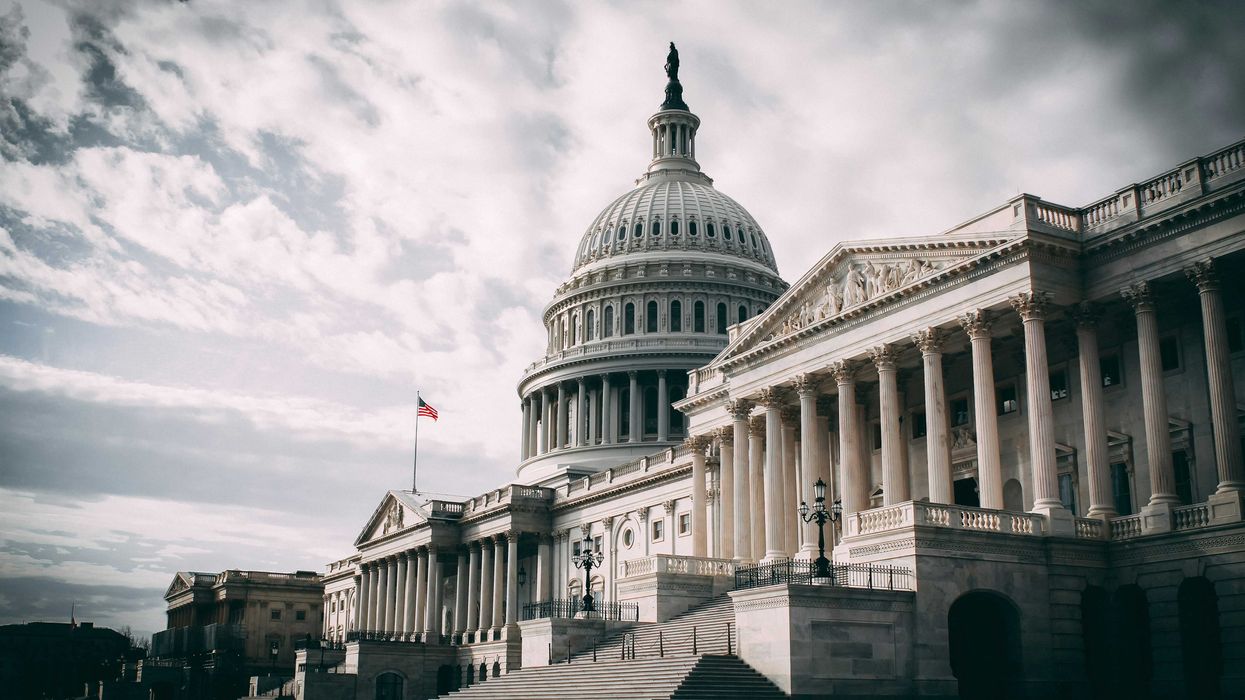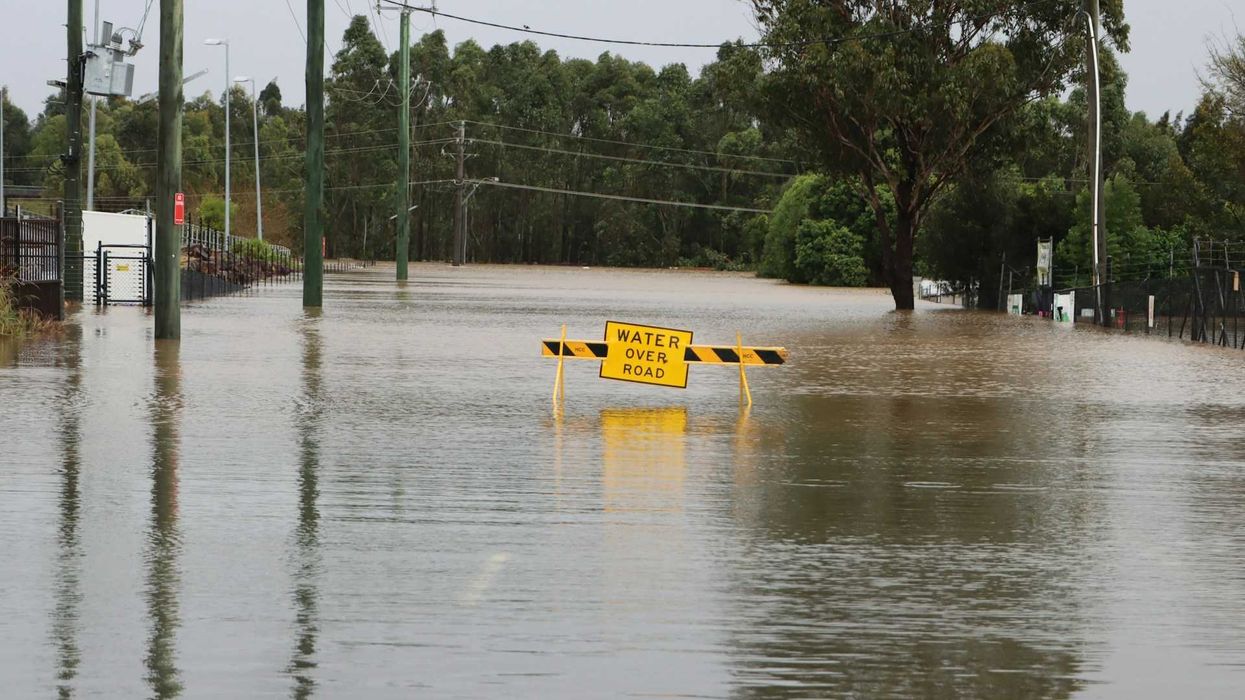Recent Supreme Court decisions have curtailed federal agencies' power to regulate pollution and address climate change, signaling a shift toward judicial control of environmental policy.
Natalia Mesa reports for High Country News.
In short:
- The court overturned the Chevron doctrine, limiting agencies’ ability to interpret laws, and created new legal grounds for lawsuits challenging regulations.
- Decisions like Ohio v. EPA weakened protections against interstate pollution, affecting public health and regulatory scope.
- Upcoming cases could further erode foundational environmental laws like NEPA, impacting agency decisions on fossil fuel projects and many other matters.
Key quote:
“These days, it doesn’t feel like you can really think deeply about the law. It is simply a political battle.”
— Erik Schlenker-Goodrich, executive director of the Western Environmental Law Center
Why this matters:
Judicial constraints on regulatory agencies risk undermining decades of environmental progress, making it harder to combat climate change and protect public health. State-level measures can mitigate some impacts, but they are limited in scope compared to federal actions.
Read more:














